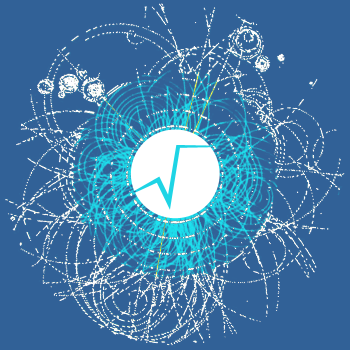Julia is a programming language, with a growing interest in the HEP community, that allies easy of programming, similar to Python, with computing performance, similar to C and C++. Reuse of legacy libraries is essential for the adaption of a language in High energy physics. I will present in this talk how Julia can be interfaced with legacy C++ libraries and in particular with the ROOT...
ROOT can be used as a Python module thanks to PyROOT, the Python-C++ bindings provided by ROOT. With ROOT v6.22, a new PyROOT was released; it is now designed on top of the cppyy library, which provides support for modern C++.
This talk will mainly focus on the customizations or "pythonizations" for ROOT classes that have been recently implemented in the new PyROOT. This includes...
ROOT's RDataFrame is a powerful tool to implement an analysis in a declarative way, reducing boilerplate and abstracting away technical details, but can be considered a low-level interface around which a complete analysis framework needs to be built.
Bamboo implements a high-level interface to RDataFrame that allows users to express the analysis logic in a concise functional style in terms...
The volume of generated data in upcoming HEP experiments, e.g. at the HL-LHC, is expected to increase by at least one order of magnitude. In order to retain the ability to analyse the influx of data, full exploitation of modern storage hardware and systems, such as low-latency high-bandwidth NVMe devices and distributed object stores, becomes critical.
To this end, the ROOT RNTuple I/O...
ROOT's RDataFrame enables the development of high-performance, highly parallel HEP analyses in C++ and Python -- without requiring expert knowledge of multi-thread parallelization or ROOT I/O.
This contribution presents several features recently introduced in RDataFrame that improve the ergonomics of common HEP use cases and provides a glimpse of what is to come in the future. Topics will...
In particle physics, ROOT is the dominant framework for data analysis, resulting in strong collaborations, easy data sharing and reproducible research. On contrary, research on the high-frequency structure of financial markets lacks such an universally used framework, and often uses custom implementations to analyse large data sets. This results in a relative small number of high-frequency...
The declarative programming model offered by RDataFrame provides high-level abstractions for users to operate on their datasets in a much more ergonomic fashion compared to previous imperative interfaces. This tool has already seen a lot of usage in real-world analyses and production environments, showing optimal results. RDataFrame has always been oriented towards parallelisation, with native...
In the context of R&D activities for the evolution of the analysis computing model for the CMS experiment, one of the focus is the capability to leverage an (quasi-)interactive and declarative approach to enhance both the user experience and the analysis throughput (meant as the end to end result delivery time). Another key point is how to make use of both grid resources and opportunistic ones...
